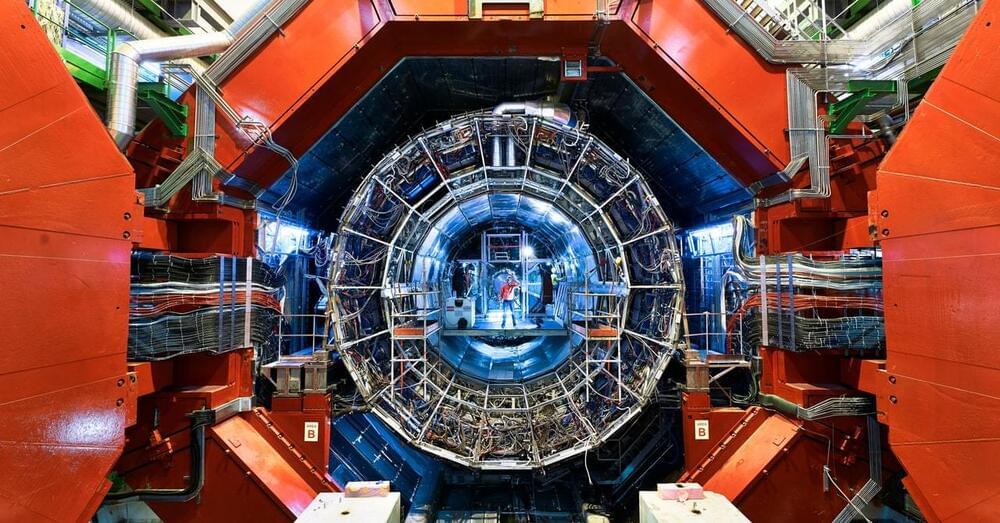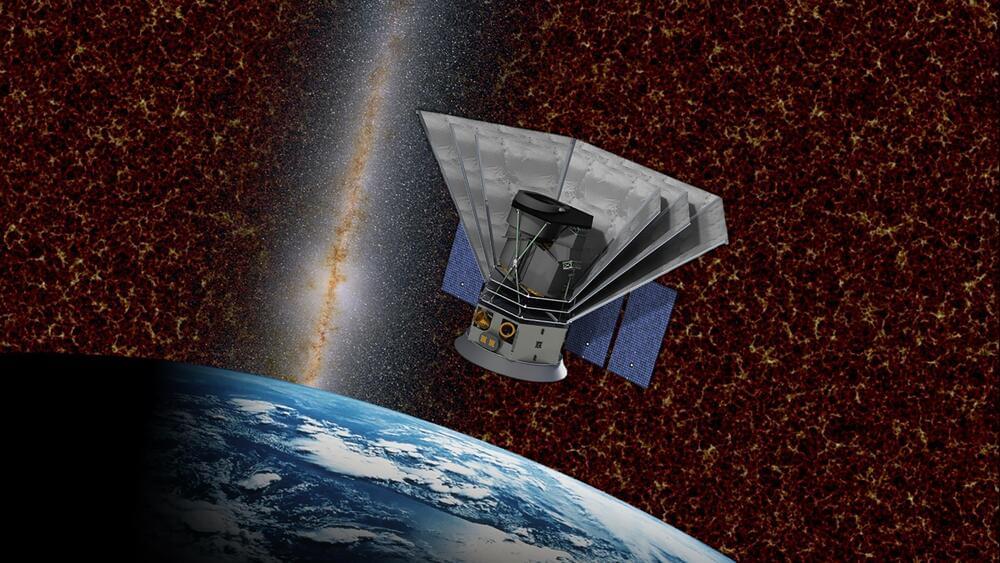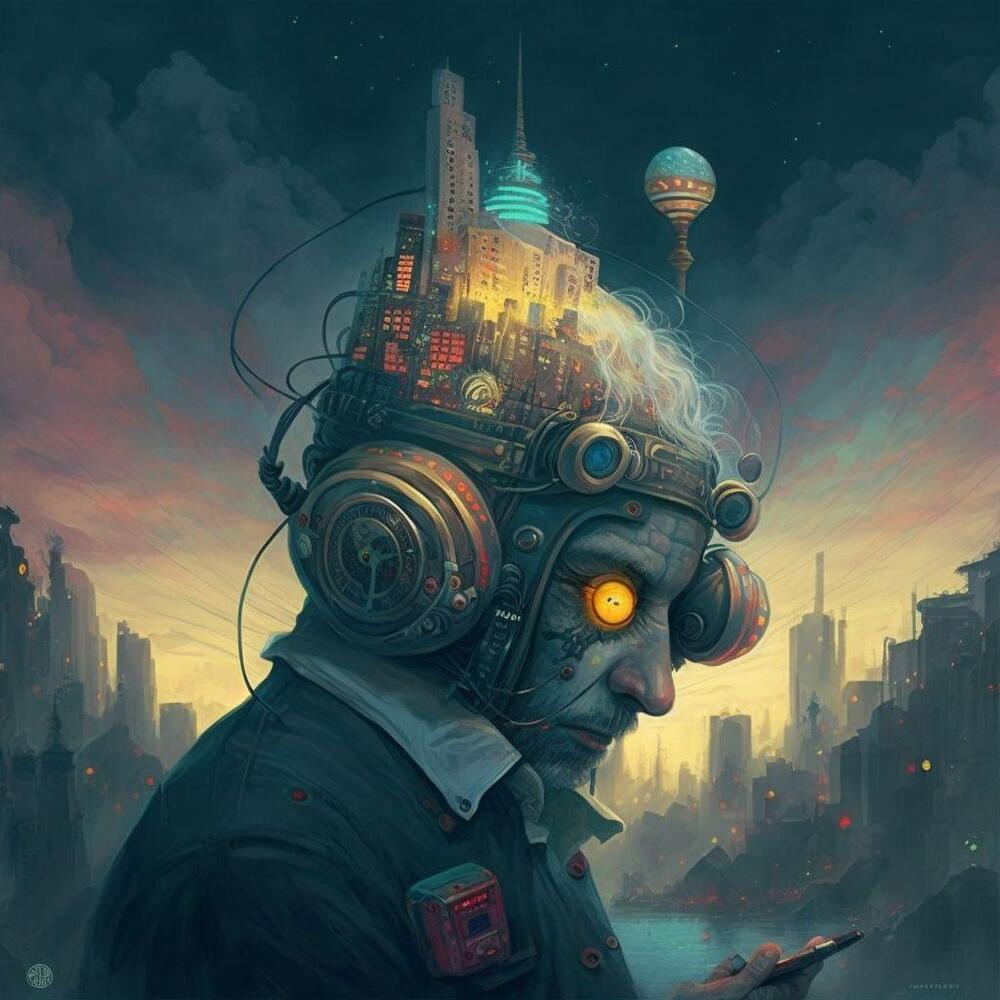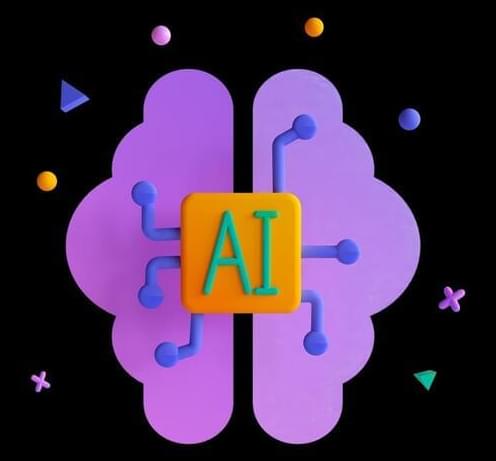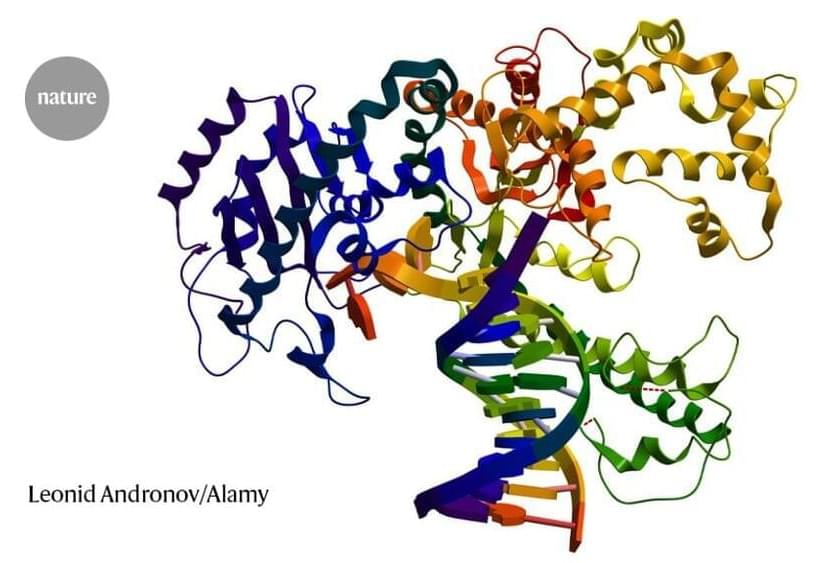After six decades we have finally reached controlled fusion “ignition.” Here is how it works and what it means (and doesn’t mean):
At the Lawrence Livermore National Lab (LLNL) the National Ignition Facility (NIF) starts with the Injection Laser System (ILS), a ytterbium-doped optical fiber laser (Master Oscillator) that produces a single very lower power, 1,053 nanometer (Infrared Light) beam. This single beam is split into 48 Pre-Amplifiers Modules (PAMs) that create four beams each (192 total). Each PAM conducts a two-stage amplification process via xenon flash lamps.
Surpassing energy breakeven at US facility constitutes a “Wright brothers moment” for fusion research, say researchers.

